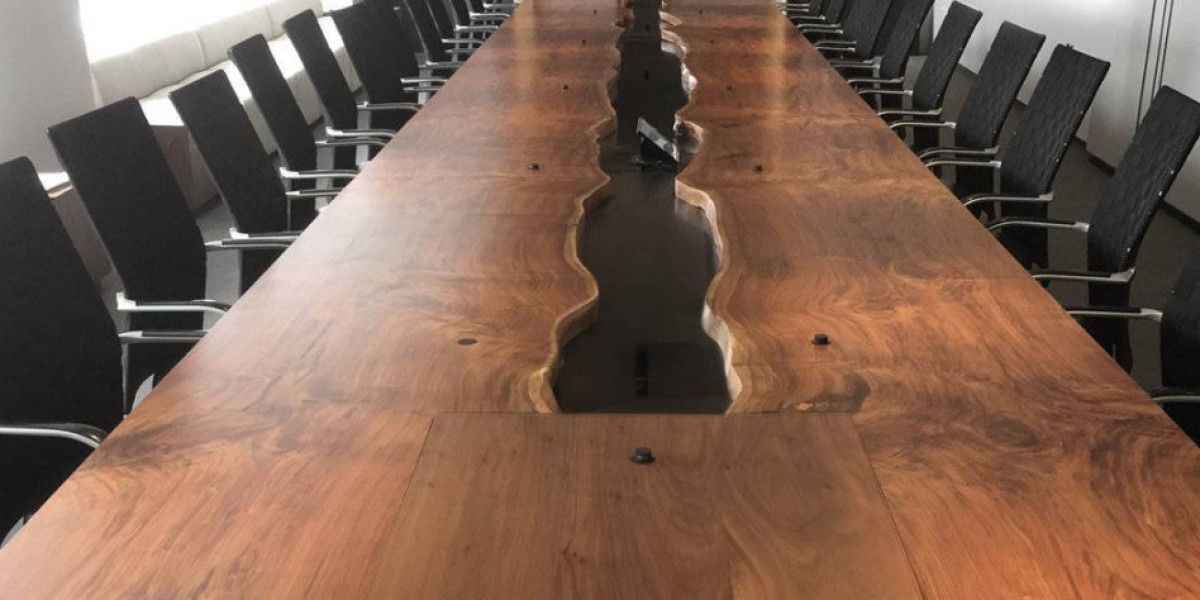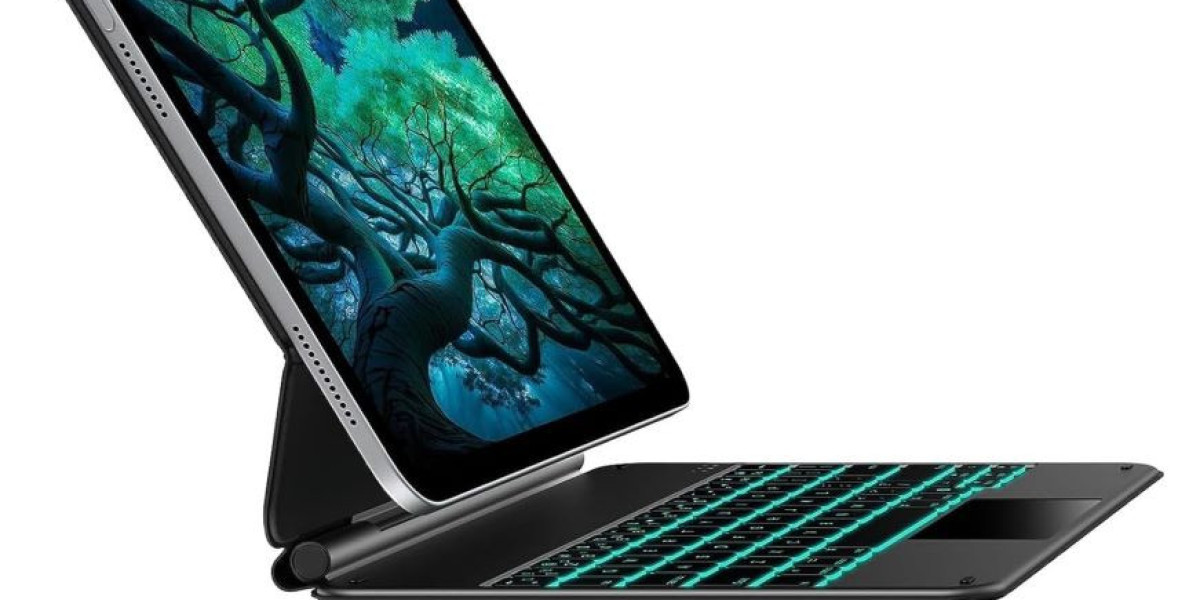In the heart of every productive business meeting lies a cornerstone of design and functionality: the conference table. When it comes to choosing the perfect conference table, wood stands out as a classic choice that combines durability, elegance, and versatility. In this guide, we’ll explore the benefits of wood conference tables, factors to consider when selecting one, and tips for maintaining it to ensure it remains a centerpiece of your office space for years to come.
Why Choose a Wood Conference Table?
1. Timeless Aesthetic
Wood exudes a sense of tradition and professionalism that is hard to match with other materials. Whether you opt for the rich warmth of mahogany, the light and airy look of maple, or the sleek finish of walnut, wood adds a touch of sophistication and timelessness to any conference room. Its natural grain patterns and variations ensure that each table is unique, contributing to a distinctive and inviting atmosphere.
2. Durability and Longevity
A well-crafted wood conference table is built to last. Hardwood species such as oak, cherry, and walnut are renowned for their strength and durability. Unlike some synthetic materials that may warp or degrade over time, solid wood tables can withstand the rigors of daily use, making them a wise investment for any business.
3. Customization Options
Wood offers unparalleled flexibility in terms of customization. From size and shape to finish and detailing, you can tailor a wood conference table to perfectly fit your office’s aesthetic and functional requirements. Whether you need a large, rectangular table for a grand boardroom or a smaller, round table for intimate meetings, wood can be crafted to meet your exact specifications.
Factors to Consider When Selecting a Wood Conference Table
1. Size and Shape
The size and shape of your conference table should complement the dimensions of your meeting room and the number of attendees. Large rectangular tables are ideal for accommodating multiple participants and can convey a sense of formality and importance. Round or oval tables, on the other hand, promote a more collaborative and egalitarian atmosphere. Additionally, consider the space around the table to ensure that there is ample room for movement and seating.
2. Wood Type
The type of wood you choose can significantly impact the look and feel of your conference table. Here are a few popular options:
- Oak: Known for its durability and distinctive grain patterns, oak is a popular choice for traditional and rustic settings.
- Cherry: Cherry wood offers a rich, reddish-brown color that deepens over time, adding warmth and elegance to any conference room.
- Maple: Light and versatile, maple wood is often used in modern and contemporary designs due to its clean and understated appearance.
- Walnut: Walnut is prized for its dark, sophisticated hue and smooth grain, making it a preferred choice for high-end executive settings.
3. Finish and Style
The finish of your wood conference table can affect both its appearance and maintenance needs. Options range from natural finishes that highlight the wood’s original grain to high-gloss finishes that offer a sleek, polished look. Additionally, consider the style of the table—whether it’s traditional with ornate details, modern with clean lines, or somewhere in between.
4. Functionality
Consider the functionality of the conference table in relation to your meeting needs. Features such as built-in power outlets, cable management systems, and integrated conferencing technology can enhance the table’s utility. If your meetings frequently involve presentations or video conferences, ensuring that the table accommodates such technology is essential.
5. Budget
Wood conference tables come in a range of price points, influenced by factors such as wood type, craftsmanship, and size. Setting a clear budget will help you narrow down your options and find a table that meets your needs without compromising on quality.
Tips for Maintaining Your Wood Conference Table
1. Regular Cleaning
To keep your wood conference table looking its best, regular cleaning is essential. Use a soft, dry cloth to dust the surface and avoid harsh chemicals or abrasive cleaners that can damage the finish. For deeper cleaning, a mild wood cleaner and a soft, damp cloth can help remove any accumulated grime. Always follow up with a dry cloth to prevent water damage.
2. Protect from Scratches
Place coasters, placemats, or protective pads under items placed on the table to prevent scratches and dents. Sharp objects and heavy items can damage the surface, so it’s wise to take precautions, especially in a high-traffic meeting room.
3. Avoid Direct Sunlight
Prolonged exposure to direct sunlight can cause the wood to fade and warp. To protect your table, position it away from direct sunlight or use window treatments to minimize UV exposure.
4. Refinish as Needed
Over time, the finish of your wood conference table may show signs of wear. Periodic refinishing can help restore its original luster and protect it from further damage. Consult with a professional to determine the best refinishing approach based on your table’s wood type and finish.
Conclusion
A wood conference table is more than just a piece of furniture; it’s a statement of your business’s values and professionalism. By considering factors such as size, wood type, finish, and functionality, you can select a table that not only meets your practical needs but also enhances the aesthetic appeal of your conference room. With proper care and maintenance, your wood conference table will continue to be a valuable asset, facilitating productive meetings and leaving a lasting impression on clients and colleagues alike.



